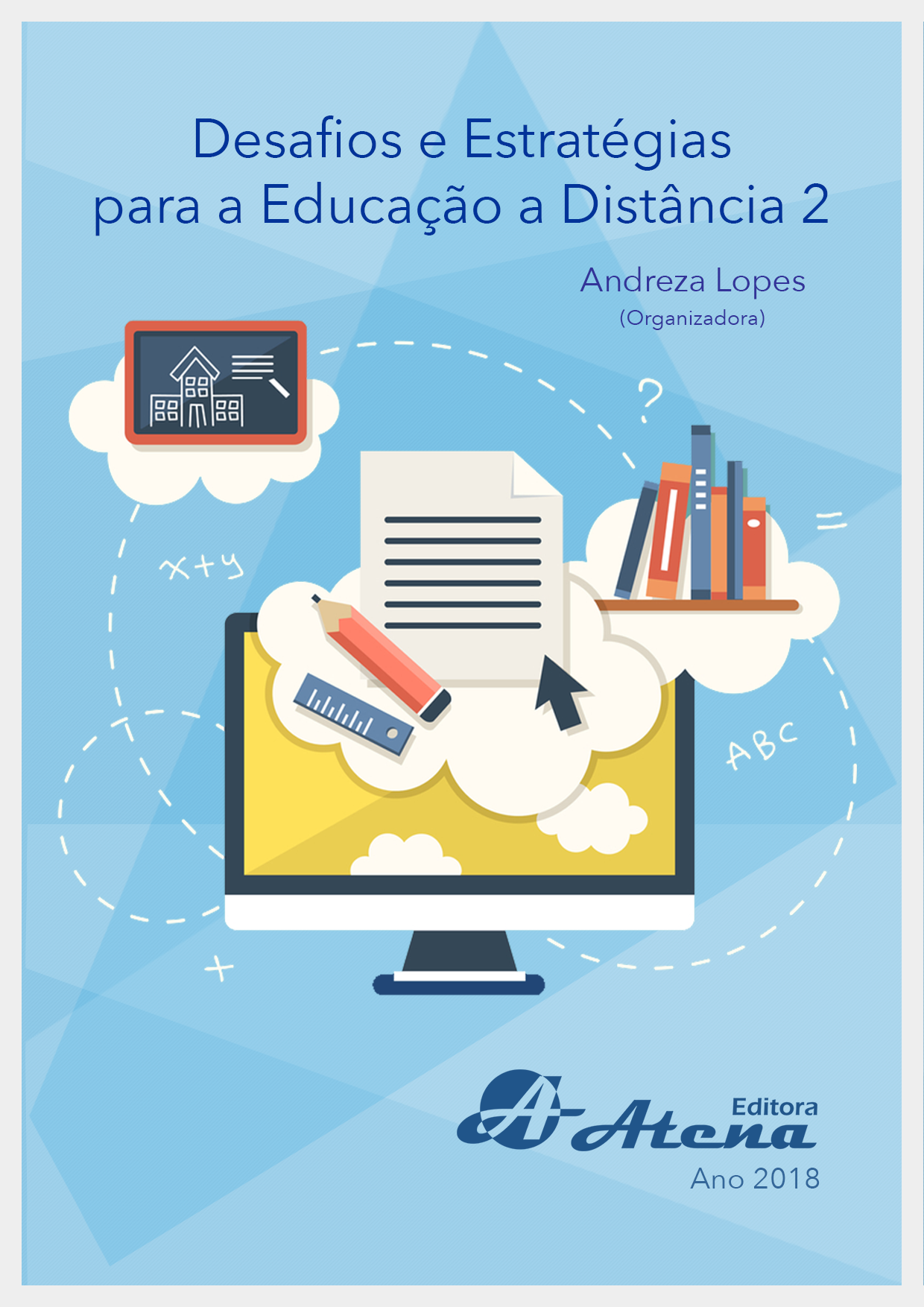
DIRETRIZES PARA DEFINIÇÃO E PROJETO DE RECURSOS DIDÁTICOS PARA O ENSINO A DISTÂNCIA DE DEFICIENTES VISUAIS
Este artigo se fundamentou em pesquisa
teórica e entrevistas para coletar diferentes
materiais e diretrizes empregadas no ensino a
distância de pessoas com deficiência visual, seja
ela cegueira ou baixa visão (ou visão subnormal).
Discorre sobre a importância de empregar
corretamente as tecnologias existentes de modo
que, aliadas às tecnologias assistivas, contribuam
para a construção e adaptação dos conteúdos das
disciplinas EaD aos deficientes visuais. Apresenta
o AVA, o Moodle e as Tecnologias Assistivas
para contextualizar os tópicos subsequentes, os
quais compilam as considerações a respeito de
conteúdos textuais, imagéticos e de mídia. Por
fim, conclui que é possível gerar acessibilidade
ao deficiente visual no ensino a distância, um
meio primordialmente visual, se fizer correto uso
das tecnologias disponíveis. Também, demonstra
que a pesquisa contribui positivamente para
o campo do design ao ponto que faz uso dos
recursos e tecnologias empregados no meio e,
em contraponto, emerge o desafio de solucionar
o acesso aos conteúdos de interesse para os
deficientes que não possuem o sentido da
visão, por meio do design da informação e áreas
correlatas. Demonstra ainda que a pesquisa está
aberta a contribuições ao passo que as tecnologias
existentes sofrem atualizações recorrentes,
além de sugerir que outras deficiências também
sejam pesquisadas posteriormente e, ainda,
contempladas com as diretrizes averiguadas.
DIRETRIZES PARA DEFINIÇÃO E PROJETO DE RECURSOS DIDÁTICOS PARA O ENSINO A DISTÂNCIA DE DEFICIENTES VISUAIS
-
DOI: Atena
-
Palavras-chave: Ensino a Distância, deficiente visual, material de ensino.
-
Keywords: Distance Learning, visual impairment, materials to teach.
-
Abstract:
This article was based on theoretical
research and interviews to collect different
materials and guidelines used in distance learning
for visual impaired people, whether it is blindess
or poor vision. It discusses the importance of
using properly the existing technologies so that
combined with assistive technologies, contribute
to the construction and adaptation of the contents
of Distance Learning to the visual impaired. It
presents the AVA and the Moodle and Assistive
Technologies to contextualize the subsequent
topics, which compile the considerations
regarding textual, pictorial and media content.
Finally, it concludeds that it is possible to generate
accessibility to the visual impaired in distance
learning, a primarily visual mean, if you make
proper use of the available technologies. It also
shows that the research contributes positively to
the design area considering that it uses the resources and technologies applied in the
field and, in counterpoint the challenge of solving accessibility for handicapped who do
not have the eyesight sense emerges through design information and related areas. Also
it demonstrates that the research is open to contributions while existing technologies
experience recurring updates, and suggest that other deficiencies are also subsequently
surveyed and included with the investigated guidelines.
-
Número de páginas: 15
- Patrícia Campos Lima


